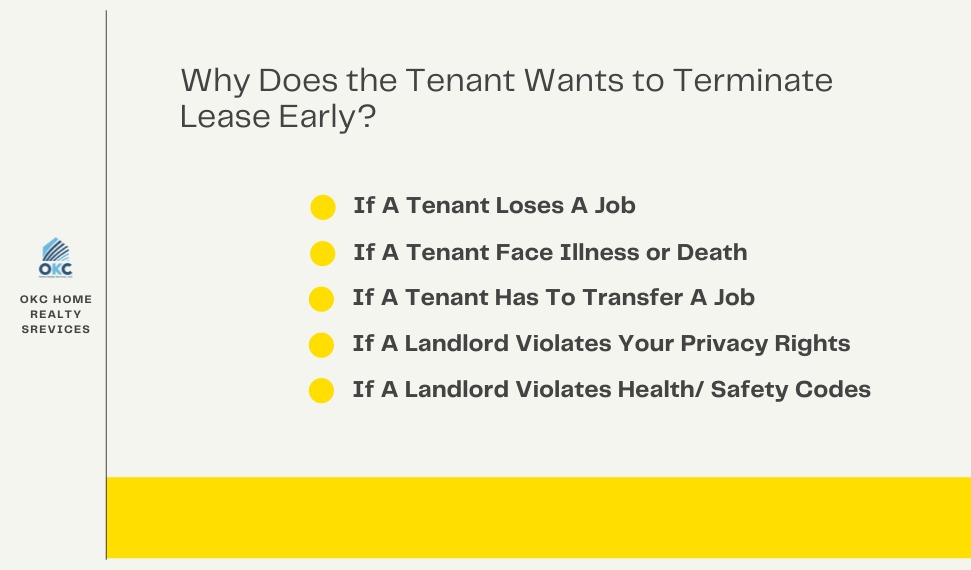
Navigating Lease Termination: Essential Guidelines for Tenants
Leaving a rental property involves more than just packing your bags. Properly terminating a lease is a crucial aspect of the renting process. In this guide, we’ll explore key guidelines to ensure a smooth lease termination experience.
Understand Lease Terms and Conditions
Before initiating the lease termination process, thoroughly review the terms and conditions outlined in your lease agreement. Pay close attention to clauses related to termination notice periods, penalties, and any specific requirements set by the landlord.
Provide Adequate Notice
Most leases require tenants to provide a specified amount of notice before terminating the lease. This notice period is typically 30 days or more, but it varies. Ensure you comply with this requirement to avoid any potential penalties or disputes. Clearly communicate your intent to terminate the lease in writing.
Document the Property’s Condition
Take detailed photographs or videos of the property’s condition before moving out. This documentation serves as evidence of the property’s state at the time of your departure, helping to prevent disputes over security deposit deductions. Share these records with your landlord as part of the transparency in the process.
Clean and Repair the Property
As part of your responsibility, clean the property thoroughly before moving out. Repair any damages that occurred during your tenancy. This proactive approach not only adheres to the terms of your lease but also enhances the likelihood of receiving your full security deposit back.
Coordinate a Walkthrough with the Landlord
Coordinate a walkthrough with your landlord before your departure. This allows both parties to assess the property’s condition together. Address any concerns or questions during this walkthrough to ensure a mutual understanding of the property’s state.
Return Keys and Provide Forwarding Address
On the day of your departure, return all keys to the landlord or follow any specific instructions regarding key return outlined in your lease. Additionally, provide your landlord with a forwarding address where they can send your security deposit or any related correspondence.
Cancel Utilities in Your Name
Contact utility providers and cancel services in your name effective on the lease termination date. This ensures a smooth transition for the next tenant and prevents any unnecessary charges on your part. Document the utility cancellation for your records.
Follow Local and State Laws
Be aware of and follow local and state laws governing lease termination. These laws may include specific requirements for notice periods, security deposit return timelines, and other relevant aspects of the process. Understanding and adhering to these regulations is essential.
Communicate Openly with the Landlord
Maintain open communication with your landlord throughout the lease termination process. Inform them of your plans, address any concerns promptly, and work collaboratively to ensure a smooth transition. Clear communication helps build a positive landlord-tenant relationship.
Seek Legal Advice if Needed
If you encounter challenges or uncertainties during the lease termination process, consider seeking legal advice. Consult with a real estate attorney to understand your rights and responsibilities, ensuring that you navigate the termination process legally and effectively.
Conclusion: A Smooth Transition for All Parties
Lease termination is a significant step in the renting journey. By understanding and following these guidelines, tenants can ensure a smooth transition and maintain a positive relationship with their landlords. For further insights and expert recommendations, visit Lease Termination Guidelines.
